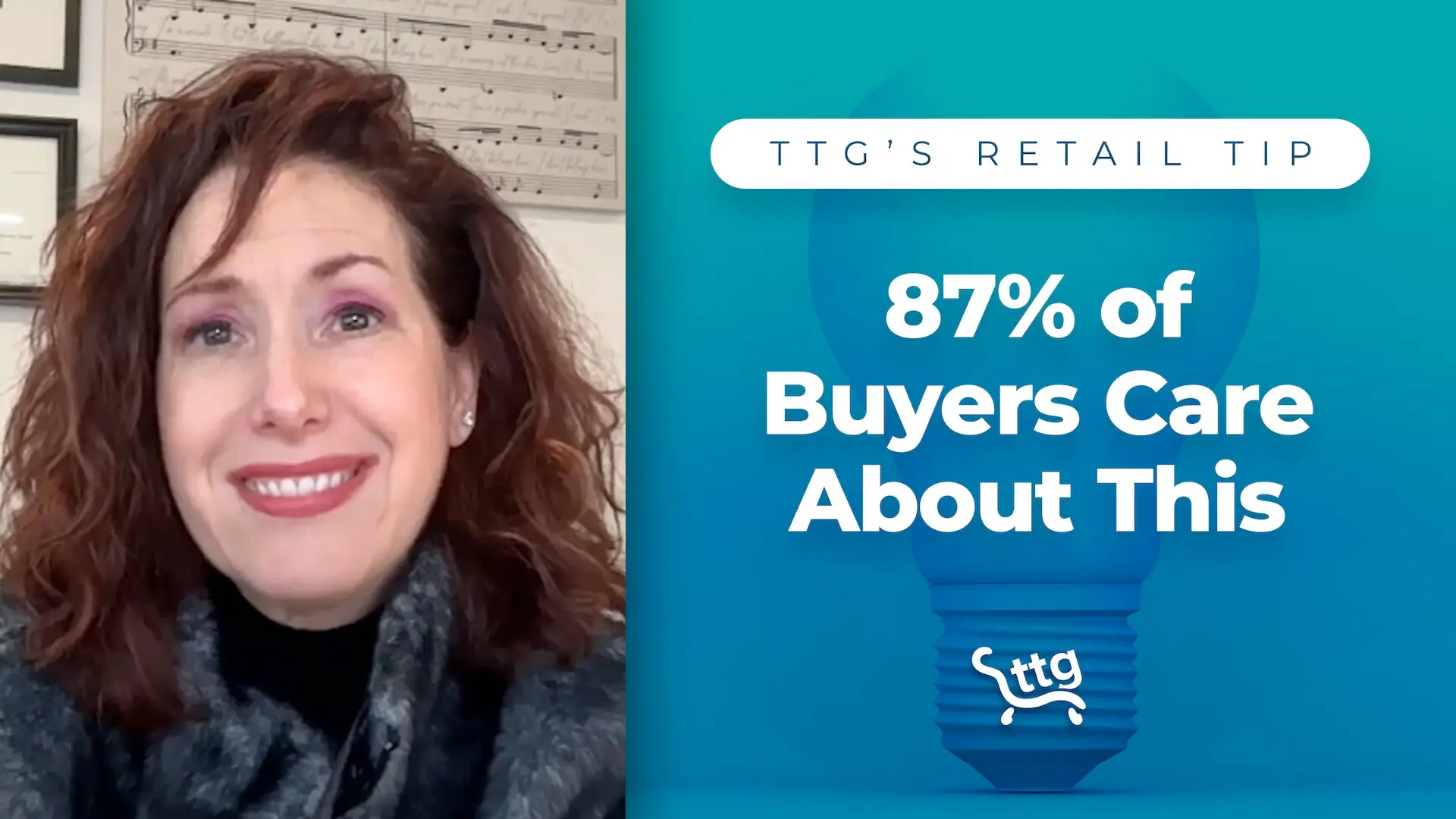Thinking about running digital ads for your startup or small business? There’s a lot going on in the world of digital advertising, so it’s normal to feel a bit overwhelmed at your prospects. In this blog post, we’ll break down the two main types of digital advertisements: search ads and display ads, and provide some examples of when a company may choose to use either type, or a combination of the two. We’ll also drop some helpful links to digital advertising programs and on-demand digital ad trainings for startups and growing businesses to help get you started. Let’s take a look!
Display Ads vs. Search Ads & When to Use Each
There are loads of ad formats to choose from with online advertising. However, if digital advertisements were boxers, display ads and search ads would qualify as heavyweights.
Perhaps the most obvious difference between these two ad formats is that one is a form of “push” advertising, while the other is known as “pull” advertising. Search ads are considered “pull” advertisements, because they are shown to users who have actively searched for your type of product or service via a search network (think: Google). Display ads utilize what’s known as “push” advertising, because they appear on sites or platforms without having been specifically searched for by the user. Here are some other key factors that set search and display ads apart:
Search Ads
Search engine advertising (also known as pay-per-click advertising or PPC) is a form of paid advertising that shows your business on the search network— aka search engine result pages (SERPs) such as Google. The search network is a great place to advertise. In fact, according to Neil Patel, search network advertisers make $2 for every $1 spent, on average.
As previously mentioned, search ads only appear to those who are actively searching for the type of product or service your business has to offer. This makes search ads an excellent ad choice for emergency-style services like locksmiths, lawyers, plumbers, etc. Search ads are also great for small and growing businesses working with smaller ad budgets, as these types of ads drive the most direct conversions and work well for converting potential customers who have already shown intent to purchase.
Display Ads
Unlike search ads, display ads are not limited to search engine platforms. These types of online advertisements are shown across a collection of websites known as “The Display Network,” which also includes mobile sites and apps.
As previously stated, display ads qualify as “push” ads because they put your ads in front of potential consumers without having to wait for the consumer to search for your product or service. As such, display ads are ideal for generating brand awareness. They work well when across various social media platforms and are a great option for products or services that are highly visual. You can also find display ads on eCommerce sites like Amazon (learn more about advertising on Amazon here).
There are a few different ways to target display ads, including:
- Keywords and phrases
- Specific websites or pages
- Specific audiences (based on their demographics, interests, or whether they’ve previously visited your website).
Now that we’ve covered the basic differences between these two ad formats, let’s take a brief look at how growing businesses can use search and display ads together to maximize their ROI.
Dual-Network Approach: Running Search & Display Ads Together
Using a dual-network approach allows you to have the best of both worlds, however, the best digital advertising strategies separate each ad format into its own network-specific campaign. Separating your ad campaigns by format allows you to customize your messaging, budgeting, and bids per network. It also enables you to measure and assess campaign performance more easily, and keeps data from becoming skewed.
Need More Help with Digital Advertising?
Discover TTG’s digital advertising programs for start-ups & growing businesses!
Browse step-by-step digital ad training on-demand! These past training sessions are great for learning the fundamental basics of online advertising:
- Getting Started with Facebook & Instagram Ads
- Intermediate Facebook & Instagram Ads
- Facebook & Instagram Ads: Expanding Your Ad Types
- Getting Started with Google Ads
- Intermediate Google Ads




